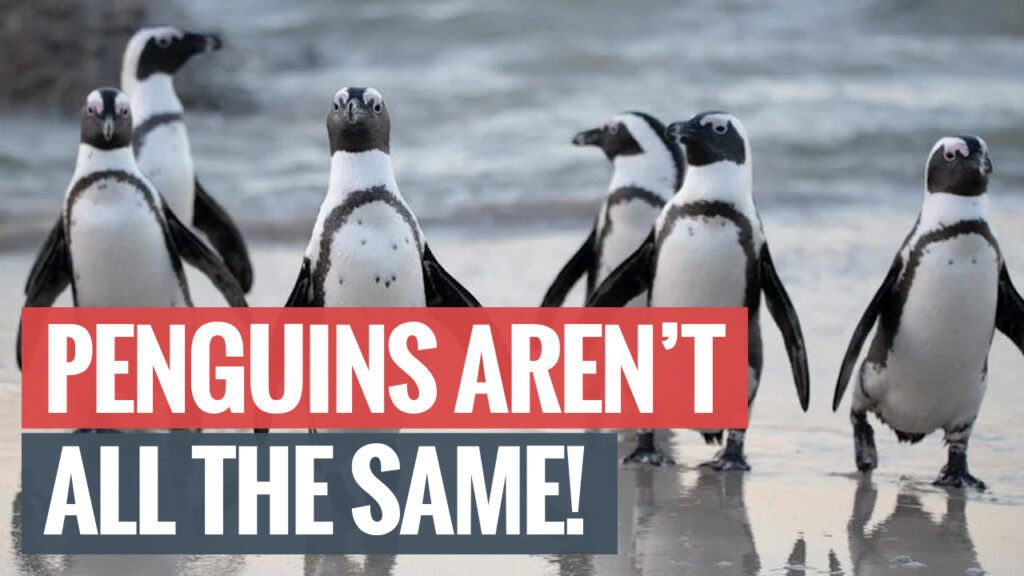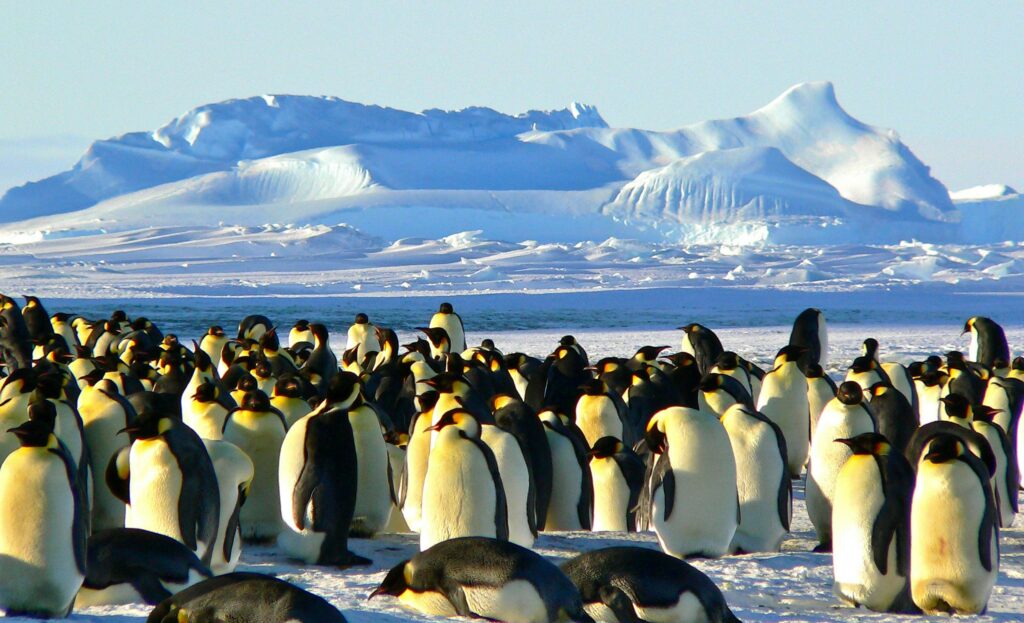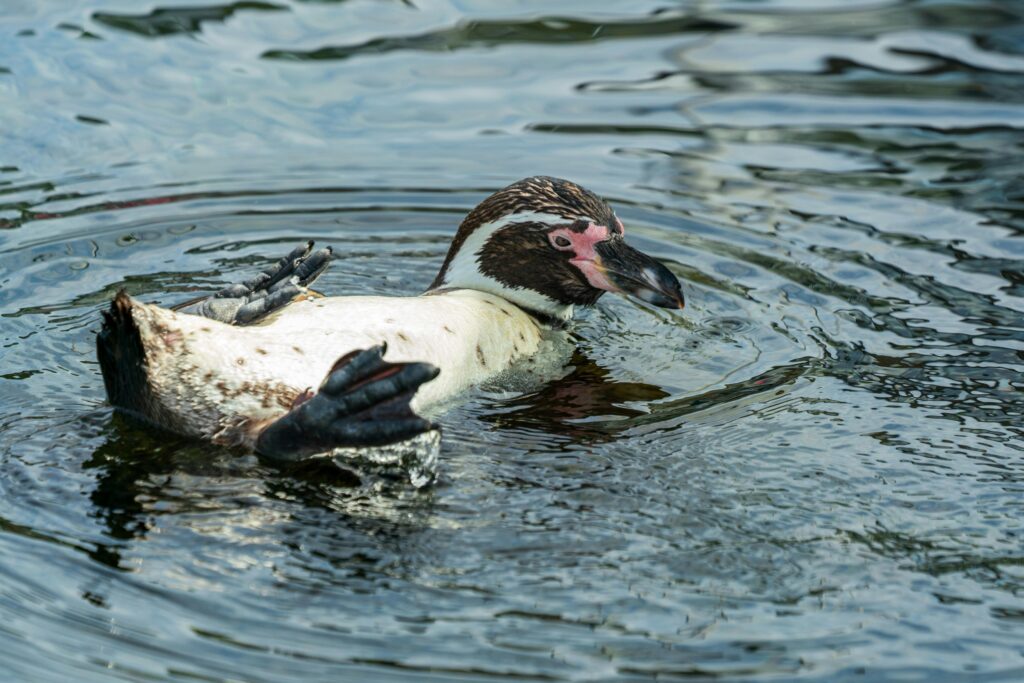The Taxonomic Position of Penguins
Penguins are one of the most fascinating creatures on Earth, capturing the curiosity of people worldwide. Their distinctive black-and-white appearance, wobbly walk, and remarkable swimming abilities often lead to an interesting debate: Are penguins birds or fish? Despite their aquatic lifestyle and fish-like movements, penguins belong to the class Aves, which includes all birds. However, their unique adaptations to marine life make them quite different from typical birds. In this article, we will explore the taxonomic classification of penguins, their evolutionary adaptations, and what makes them stand out in the avian world.
The Taxonomic Classification of Penguins
In the scientific world, all living organisms are classified into specific groups based on shared characteristics. Penguins belong to the following taxonomic hierarchy:
- Kingdom: Animalia (Animals)
- Phylum: Chordata (Animals with a backbone)
- Class: Aves (Birds)
- Order: Sphenisciformes (Penguins)
- Family: Spheniscidae (All species of penguins)
Penguins are flightless birds within the order Sphenisciformes. Unlike fish, which are cold-blooded, breathe through gills, and reproduce by laying eggs in water, penguins share the typical bird characteristics of being warm-blooded, having feathers, laying eggs on land, and breathing through lungs.
Why Do Penguins Resemble Fish?
While penguins are classified as birds, their appearance and behavior in the water make them seem more like fish. Several key adaptations have led to this resemblance:
- Streamlined Bodies: Penguins have a torpedo-shaped body that reduces water resistance, allowing them to swim efficiently.
- Wing Modifications: Unlike other birds that use their wings for flying, penguins have evolved their wings into flippers, which help them propel through water just like fish use their fins.
- Dense Bones: Unlike typical birds that have hollow bones for flight, penguins have dense bones that reduce buoyancy, making it easier for them to dive and navigate underwater.
- Webbed Feet: Penguins have webbed feet, which function like rudders, helping them steer while swimming.
- Countershading Camouflage: Their black backs blend with the deep ocean when viewed from above, while their white bellies blend with the bright surface when seen from below, protecting them from predators.
Penguins vs. Fish: Key Differences
Despite their swimming prowess, penguins have several distinguishing characteristics that set them apart from fish:
| Feature | Penguins | Fish |
| Body Temperature | Warm-blooded (Endothermic) | Cold-blooded (Ectothermic) |
| Respiration | Lungs (Breathe air) | Gills (Extract oxygen from water) |
| Skeleton | Hollow or dense bones | Cartilage or bones |
| Reproduction | Lay eggs on land, care for young | Lay eggs in water, minimal parental care |
| Skin Covering | Feathers | Scales |
| Movement in Water | Use flippers | Use fins |
From the table above, it is evident that penguins share almost no biological similarities with fish beyond their aquatic lifestyle. They are birds that have evolved to thrive in marine environments.
Evolutionary History: How Did Penguins Become Flightless?
Millions of years ago, the ancestors of modern penguins were flying birds. Fossil evidence suggests that these ancestors lived around 60 million years ago. Over time, as some birds adapted to life in the ocean, natural selection favored characteristics that improved swimming rather than flying. Their wings gradually transformed into flippers, and their bodies became more suited for diving and navigating through water rather than gliding through the air.
One of the earliest known penguin species, Waimanu, lived around 60 million years ago and already showed features adapted for underwater locomotion. As penguins continued to evolve, they became stronger swimmers but lost the ability to fly.
Conclusion
Penguins are without a doubt birds, not fish, despite their incredible ability to swim and hunt underwater. Their classification within the Aves class and their distinct avian characteristics, such as feathers, warm-blooded metabolism, and air-breathing lungs, firmly place them in the bird category. However, their remarkable adaptations to marine life, such as dense bones, modified wings, and streamlined bodies, make them one of the most unique birds in existence. Understanding the classification and evolution of penguins helps us appreciate how nature shapes species to survive in diverse environments.
So, the next time someone asks whether a penguin is a bird or a fish, you can confidently answer: Penguins are birds that have mastered the art of swimming!
Hashtags
#Penguins #Birds #Wildlife #MarineBiology #PenguinFacts #Nature #AnimalKingdom #FlightlessBirds #AquaticLife #Aves #Sphenisciformes



